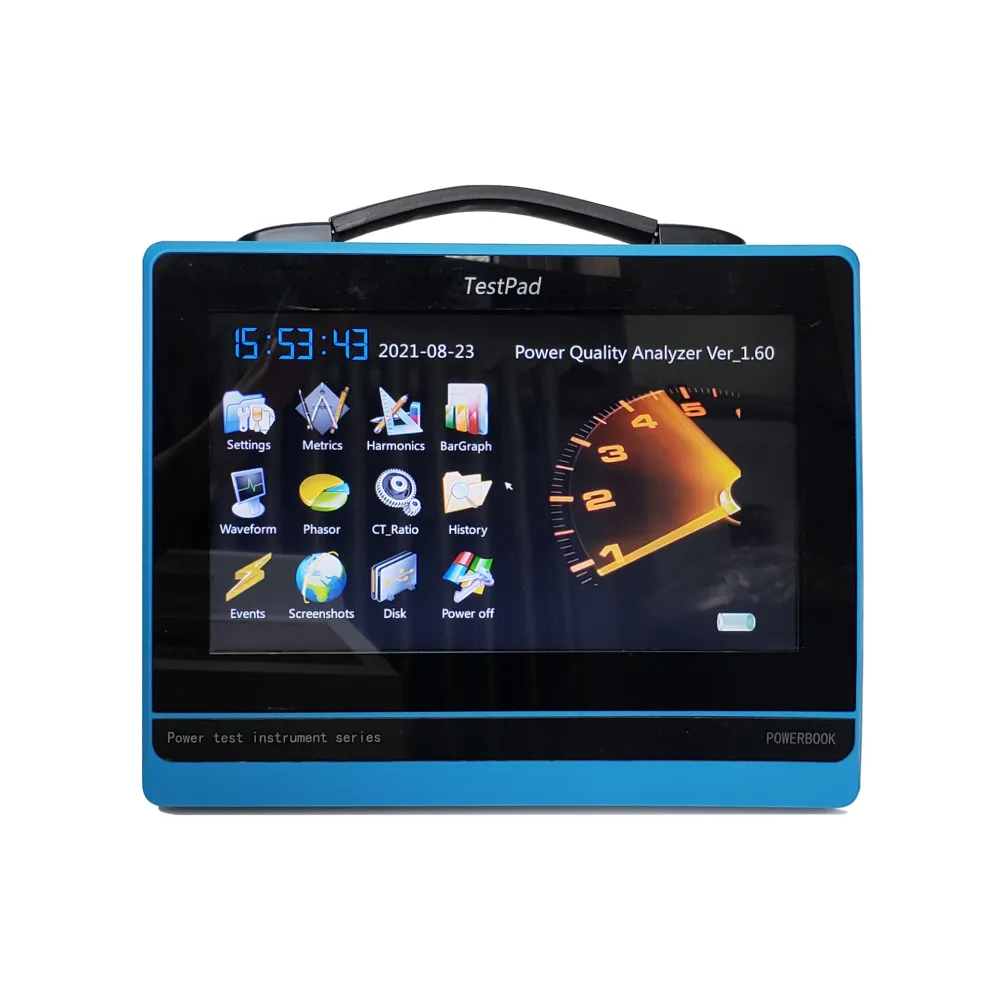 English
English



-
 Afrikaans
Afrikaans -
 Albanian
Albanian -
 Amharic
Amharic -
 Arabic
Arabic -
 Armenian
Armenian -
 Azerbaijani
Azerbaijani -
 Basque
Basque -
 Belarusian
Belarusian -
 Bengali
Bengali -
 Bosnian
Bosnian -
 Bulgarian
Bulgarian -
 Catalan
Catalan -
 Cebuano
Cebuano -
 China
China -
 China (Taiwan)
China (Taiwan) -
 Corsican
Corsican -
 Croatian
Croatian -
 Czech
Czech -
 Danish
Danish -
 Dutch
Dutch -
 English
English -
 Esperanto
Esperanto -
 Estonian
Estonian -
 Finnish
Finnish -
 French
French -
 Frisian
Frisian -
 Galician
Galician -
 Georgian
Georgian -
 German
German -
 Greek
Greek -
 Gujarati
Gujarati -
 Haitian Creole
Haitian Creole -
 hausa
hausa -
 hawaiian
hawaiian -
 Hebrew
Hebrew -
 Hindi
Hindi -
 Miao
Miao -
 Hungarian
Hungarian -
 Icelandic
Icelandic -
 igbo
igbo -
 Indonesian
Indonesian -
 irish
irish -
 Italian
Italian -
 Japanese
Japanese -
 Javanese
Javanese -
 Kannada
Kannada -
 kazakh
kazakh -
 Khmer
Khmer -
 Rwandese
Rwandese -
 Korean
Korean -
 Kurdish
Kurdish -
 Kyrgyz
Kyrgyz -
 Lao
Lao -
 Latin
Latin -
 Latvian
Latvian -
 Lithuanian
Lithuanian -
 Luxembourgish
Luxembourgish -
 Macedonian
Macedonian -
 Malgashi
Malgashi -
 Malay
Malay -
 Malayalam
Malayalam -
 Maltese
Maltese -
 Maori
Maori -
 Marathi
Marathi -
 Mongolian
Mongolian -
 Myanmar
Myanmar -
 Nepali
Nepali -
 Norwegian
Norwegian -
 Norwegian
Norwegian -
 Occitan
Occitan -
 Pashto
Pashto -
 Persian
Persian -
 Polish
Polish -
 Portuguese
Portuguese -
 Punjabi
Punjabi -
 Romanian
Romanian -
 Russian
Russian -
 Samoan
Samoan -
 Scottish Gaelic
Scottish Gaelic -
 Serbian
Serbian -
 Sesotho
Sesotho -
 Shona
Shona -
 Sindhi
Sindhi -
 Sinhala
Sinhala -
 Slovak
Slovak -
 Slovenian
Slovenian -
 Somali
Somali -
 Spanish
Spanish -
 Sundanese
Sundanese -
 Swahili
Swahili -
 Swedish
Swedish -
 Tagalog
Tagalog -
 Tajik
Tajik -
 Tamil
Tamil -
 Tatar
Tatar -
 Telugu
Telugu -
 Thai
Thai -
 Turkish
Turkish -
 Turkmen
Turkmen -
 Ukrainian
Ukrainian -
 Urdu
Urdu -
 Uighur
Uighur -
 Uzbek
Uzbek -
 Vietnamese
Vietnamese -
 Welsh
Welsh -
 Bantu
Bantu -
 Yiddish
Yiddish -
 Yoruba
Yoruba -
 Zulu
Zulu
Testing Procedures for Substation Transformer Performance and Reliability Assessment
Substation Transformer Testing Ensuring Reliability and Safety
Substation transformers play a crucial role in the electrical power distribution system, facilitating the efficient transfer of electrical energy from high-voltage transmission lines to low-voltage distribution networks. Given the vital function of these transformers in ensuring the seamless flow of electricity, it is imperative to conduct comprehensive testing to confirm their reliability and safety. This article explores the significance of substation transformer testing, the types of tests performed, and their impact on system performance.
Importance of Testing
Transformers are subjected to various stresses during their operation, including thermal, electrical, and mechanical stresses. Over time, these stresses can lead to insulation degradation, component failure, and reduced operational efficiency. Routine testing not only helps in identifying potential issues before they escalate into major failures but also ensures compliance with international standards, enhancing the reliability of the power supply system. Moreover, routine testing contributes to prolonging the life expectancy of transformers, thereby providing significant cost savings over time.
Types of Tests
Substation transformer testing typically involves several key evaluations, including
1. Insulation Resistance Testing This test assesses the insulation's ability to withstand high voltages without breaking down. By measuring the insulation resistance, technicians can determine the condition of the transformer’s windings and identify any moisture or contamination that may compromise performance.
substation transformer testing

2. Transformer Turns Ratio (TTR) Testing TTR testing verifies the ratio of the number of turns in the primary winding to that in the secondary winding. A significant deviation from the specified turns ratio may indicate issues such as winding deformation or short circuits.
3. Power Factor Testing This test evaluates the dielectric losses in the transformer insulation system. A high power factor indicates lower losses, while a low power factor may signify insulation deterioration, allowing for timely maintenance interventions.
4. Sweep Frequency Response Analysis (SFRA) By sweeping a range of frequencies through the transformer and analyzing the response, engineers can detect mechanical deformations or displacement of the transformer windings that may not be evident through other testing methods.
5. Thermal Imaging This non-invasive technique allows for real-time monitoring of the transformer’s surface temperatures. Elevated temperatures often indicate internal issues, which can be addressed before they lead to more severe problems.
6. Dissolved Gas Analysis (DGA) DGA involves analyzing the gases dissolved in the transformer oil. The presence of certain gases in specific quantities can provide insights into potential faults, such as arcing or overheating, enabling proactive maintenance.
Conclusion
Transformers are the backbone of electrical substations and ensuring their proper functioning through rigorous testing is paramount for an efficient and reliable electricity supply. Each testing method provides valuable insights into the condition of the transformer, enabling operators to implement timely maintenance strategies. By investing in thorough substation transformer testing, utility companies not only safeguard their infrastructure against unexpected failures but also enhance service reliability and operational efficiency. As the demand for electricity continues to rise, maintaining the integrity of these critical components becomes increasingly vital for sustainable energy distribution.
-
Testing Equipment Industry Sees Major Advancements in 2025: Smart & Precision Technologies Lead the WayNewsJun.06,2025
-
Applications of Direct Current Generators in Renewable Energy SystemsNewsJun.05,2025
-
Hipot Tester Calibration and Accuracy GuidelinesNewsJun.05,2025
-
Digital Circuit Breaker Analyzer Features and BenefitsNewsJun.05,2025
-
Benefits of Real-Time Power Quality Monitoring Devices for Industrial EfficiencyNewsJun.05,2025
-
Earth Fault Loop Testing in High-Rise Building Electrical SystemsNewsJun.05,2025



